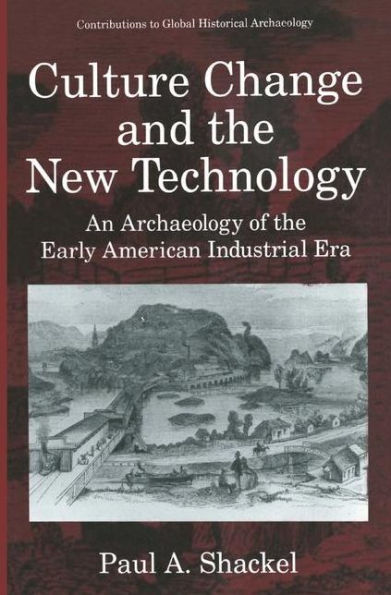5
1
9780306453335


Culture Change and the New Technology: An Archaeology of the Early American Industrial Era / Edition 1 available in Hardcover

Culture Change and the New Technology: An Archaeology of the Early American Industrial Era / Edition 1
- ISBN-10:
- 0306453339
- ISBN-13:
- 9780306453335
- Pub. Date:
- 07/31/1996
- Publisher:
- Springer US
- ISBN-10:
- 0306453339
- ISBN-13:
- 9780306453335
- Pub. Date:
- 07/31/1996
- Publisher:
- Springer US
109.99
In Stock

Product Details
| ISBN-13: | 9780306453335 |
|---|---|
| Publisher: | Springer US |
| Publication date: | 07/31/1996 |
| Series: | Contributions To Global Historical Archaeology |
| Edition description: | 1996 |
| Pages: | 217 |
| Product dimensions: | 6.14(w) x 9.21(h) x 0.36(d) |
From the B&N Reads Blog
